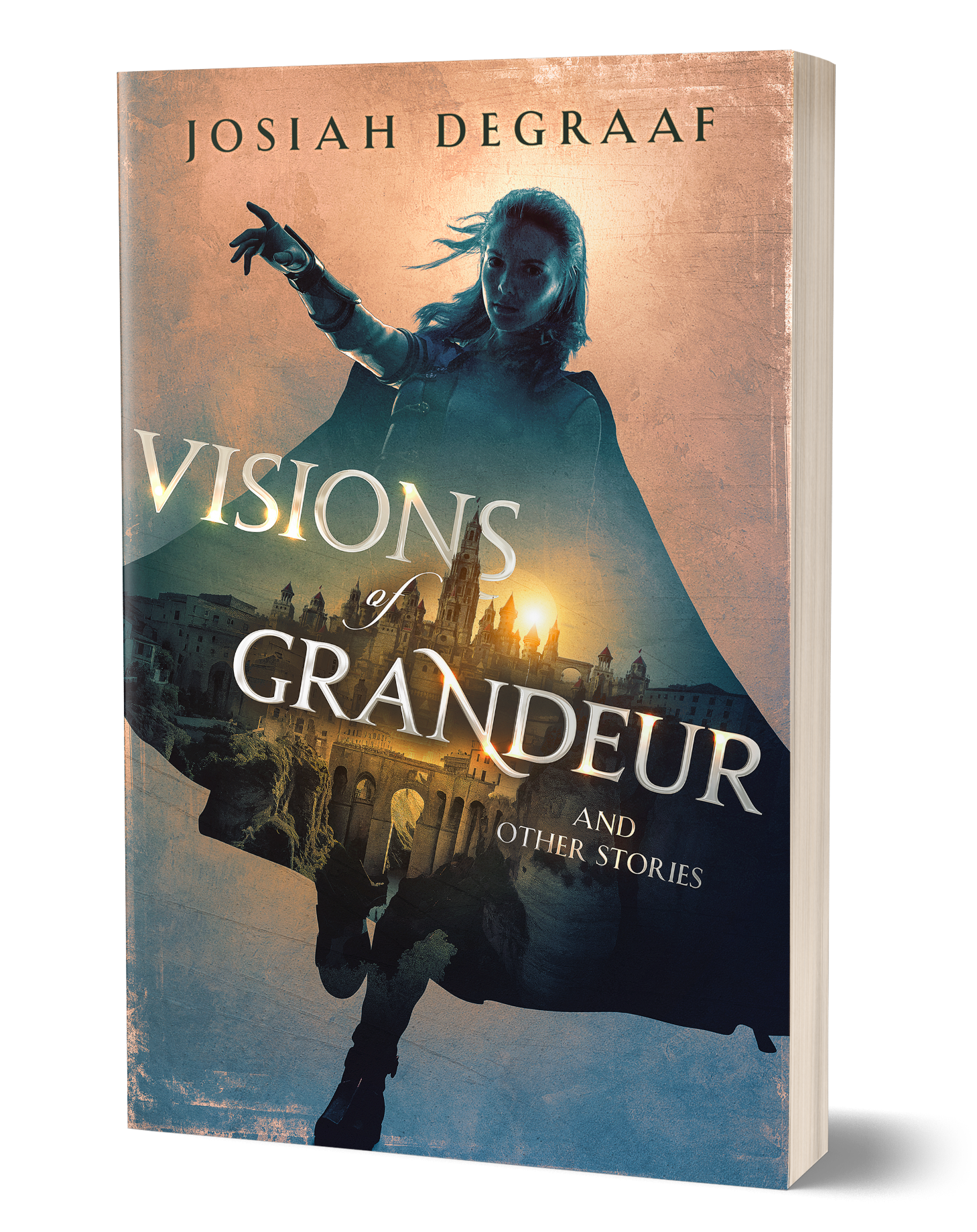Don’t let anyone tell you otherwise: you can find real beauty in mass-market speculative fiction novels.
You can find beauty in the elegant simplicity of Patrick Ness’s prose in A Monster Calls: “Every inch of his bedroom floor was covered in short, spiky yew tree leaves.”
Beauty lingers in the poignant reflections of the autistic protagonist in Elizabeth Moon’s The Speed of Dark:
Who I am now thinks that if people were more like numbers, they would be easier to understand. But who I am now knows that they are not like numbers. People are people, messy and mutable, combining differently with one another from day to day—even hour to hour.
And it breaks forth from the rich descriptions of Gillian Bronte Adams’ novel Of Fire and Ash:
Bile rose in her throat, and she forced it down, blinking the sting of smoke from her eyes. It swirled in the wind that constantly gusted through this rugged country, whispering of death as it curled around shattered rocks and rattled dry scrub.
Beauty in fiction isn’t often discussed outside classrooms. And some readers may wonder if there’s a reason for that. We often pick up speculative novels to find entertainment. Discussions of beauty? Those are regulated to classroom debates or high-minded think-pieces.
Beauty, however, often finds a better home next to the worn and familiar kitchen table, rather than looming atop the teacher’s lectern.





